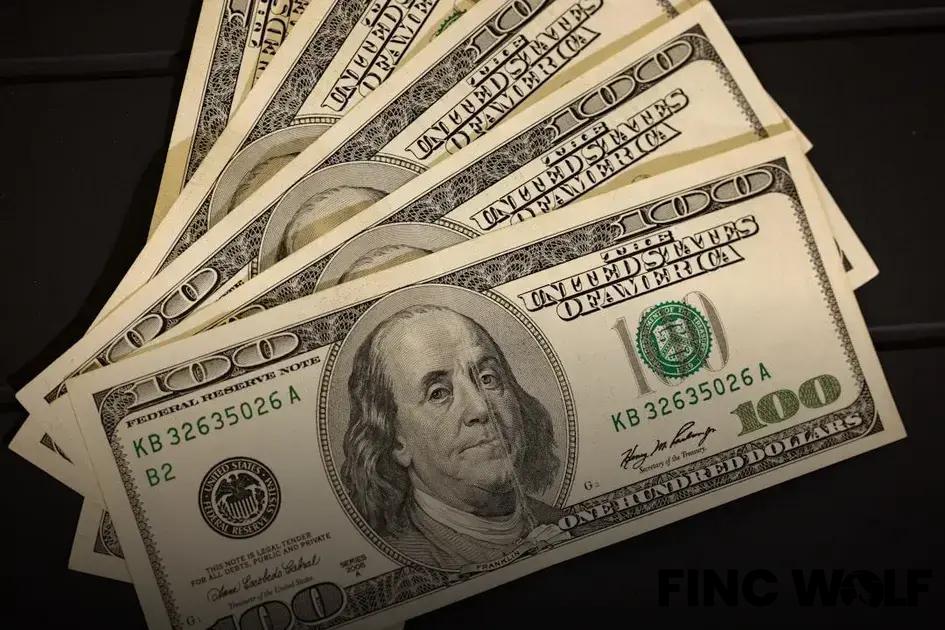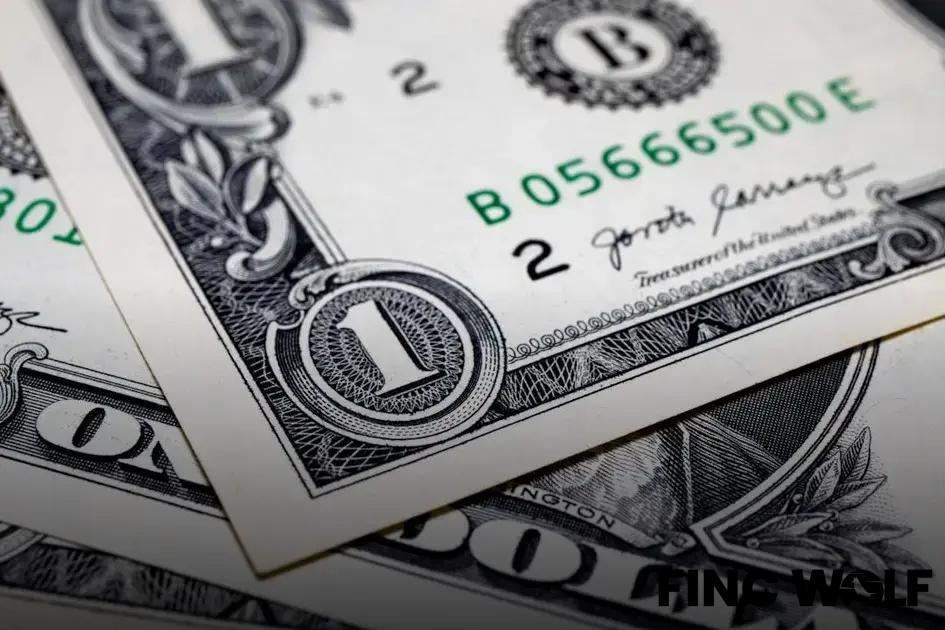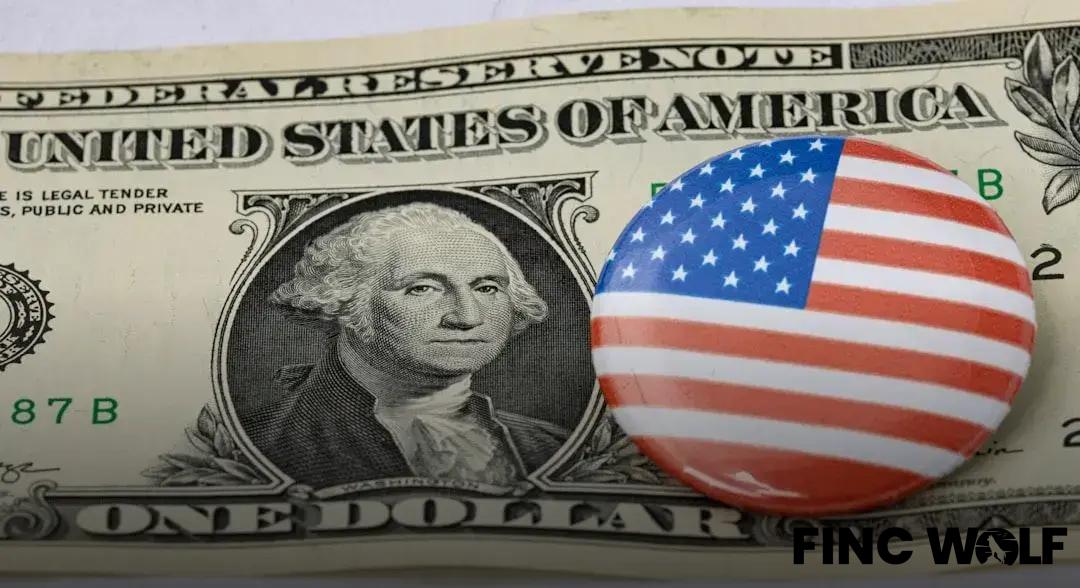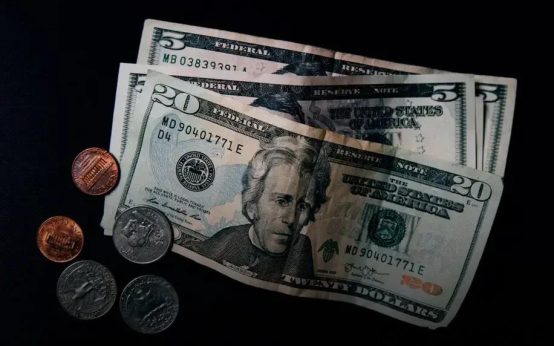The Future of the U.S. Dollar remains a crucial topic in financial circles. As the world’s primary reserve currency, changes in its strength or decline could impact economies globally. Understanding its historical context, current economic indicators, and potential scenarios will provide valuable insights into the future trajectory of the dollar. In this article, we will explore expert opinions and offer strategies for investors to navigate the evolving economic landscape.
Historical Context of the U.S. Dollar
The U.S. Dollar has been a dominant force in global finance for over a century. Originating from the 1870s, the dollar’s value was first defined by the Gold Standard. With the Bretton Woods Agreement in 1944, it became the backbone of international exchange, setting the stage for the dollar’s unparalleled global influence.
After World War II, the U.S. emerged as the world’s largest economy, bolstering trust in the dollar. The 1971 decision to abandon the Gold Standard marked a significant shift, allowing the currency’s value to be determined through a floating exchange rate. This flexibility contributed to its resilience during economic crises.
The Role of the Dollar in Global Trade
The dollar is not just a currency but a measure of confidence in the U.S. economy. Its status as the world’s reserve currency powers global trade, as commodities like oil are typically priced in dollars. This practice sustains demand, reinforcing the dollar’s pivotal role.
The historical context of the U.S. dollar reflects a story of adaptation and survival. Despite challenges, it remains a primary currency in foreign exchange reserves due to its stability and the economic might of the U.S. As you explore the various aspects such as current economic trends and potential futures, understanding the dollar’s past provides crucial insights into its potential paths ahead.
Current Economic Indicators

The analysis of current economic indicators offers valuable insights into the potential future of the U.S. dollar. Various indicators, such as GDP growth rate, unemployment rate, and inflation, help gauge the economic health of a nation. Presently, the United States is observing a moderate GDP growth, which suggests a steady economic progression, although not without challenges.
According to recent data, the unemployment rate is on a downward trend, indicating increasing job opportunities and a strengthening labor market. This bodes well for consumer spending, often seen as a driver of economic growth.
However, inflationary pressures are a cause for concern. The Federal Reserve’s policies on interest rates play a critical role in mitigating these pressures while striving to maintain stable prices.
Trade Balances and Exchange Rates
The trade balance is a critical component, influencing the dollar’s strength. Currently, the U.S. grapples with a trade deficit, which can impact the currency’s valuation. Moreover, exchange rates with major trading partners affect trade competitiveness and capital flows.
Additionally, monitoring the federal budget and fiscal policies is crucial. Government spending and taxation influence economic expansion and the currency’s long-term value. A balanced approach to fiscal management can enhance the dollar’s position globally.
Impact of Global Markets
Global markets have a significant influence on the U.S. dollar’s future. As trade policies shift and economies expand or contract, the dollar’s value can fluctuate. International trade agreements play a crucial role, as they determine the flow of goods between nations. A strong U.S. dollar may lead to cheaper imports, but it could also impact American exports negatively due to higher prices for foreign buyers.
Emerging markets, like China and India, are pivotal in reshaping the global economic landscape. Their growing economic power can challenge the dollar’s dominance as the world’s primary reserve currency. When these economies perform well, they may rely less on the dollar, choosing to trade in their own or alternative currencies.
Politics and economics go hand in hand on a global stage. The policies of nations such as those in the European Union or within OPEC can influence the dollar’s strength. For instance, Europe’s own currency, the euro, often competes with the dollar for supremacy in the foreign exchange markets.
In summary, global market dynamics, including trade agreements and the economic health of major nations, continue to shape the trajectory of the U.S. dollar. With economic shifts happening worldwide, investors and policymakers must closely monitor these external factors.
Potential Scenarios for the Dollar

The future of the U.S. dollar depends on several critical factors that could lead to different scenarios. One potential scenario for the dollar is its appreciation as a result of strong U.S. economic growth compared to other economies. If the U.S. continues to demonstrate superior economic resilience, interest rates might rise, making dollar-denominated assets more attractive to investors worldwide.
Another possible scenario involves depreciation. Should the U.S. face significant economic challenges, such as increased debt levels or political instability, the dollar could weaken. This weakness might be exacerbated if other major currencies, like the euro and Chinese yuan, strengthen due to improvements in their respective economies.
Additionally, global shifts such as changes in energy markets could influence the dollar’s value. For instance, a decreased reliance on the dollar for oil transactions, often referred to as “petrodollar,” might impact its demand globally.
The potential for a
multi-polar currency system
may also affect the dollar. As countries explore alternatives to reduce reliance on a single currency, the emergence of digital currencies from central banks could disrupt traditional currency hierarchy, potentially impacting the dollar’s dominance.
Furthermore, geopolitical tensions play a significant role. Sanctions, trade wars, and diplomatic relations might contribute to shifts in currency influence, either supporting or undermining dollar strength.
Each of these scenarios presents unique opportunities and challenges, requiring investors and policymakers to remain vigilant and adaptable to ongoing changes in the global economic landscape.
Expert Opinions and Predictions
Amidst the ever-evolving economic landscape, opinions from financial experts on the future of the U.S. dollar vary. The dollar’s role as the world’s leading reserve currency gives it significant strength, yet several experts express concerns about potential vulnerabilities.
Jane Doe, a renowned economist at XYZ Financial, suggests that geopolitical tensions might impact the dollar’s value. While she believes the dollar will maintain a strong position compared to other currencies, ongoing U.S. debt accumulation could lead to challenges. Such fiscal issues often spark speculation among economists. Will the U.S. be able to sustain its debt levels without devaluing the dollar? This is a question posed by many analysts.
Another factor influencing predictions includes the Federal Reserve’s monetary policies. As noted by John Smith from ABC Investments, interest rates play a crucial role. Anticipation of rate hikes or cuts can lead to fluctuations in the dollar’s strength. Currently, some experts foresee a stable monetary policy, which might lend support to the dollar.
Global market trends also heavily influence expert opinions. Mary Johnson, a market strategist, points out the growing economic power of nations like China and India. Their economic growth could lead to a shift in market dynamics, potentially impacting the U.S. dollar’s dominance. Will emerging markets embrace alternative currencies? This remains a critical discussion point among experts.
Predictions about the dollar’s future are carefully considered, with many experts proposing different outcomes based on diverse scenarios. While short-term fluctuations might occur, several experts remain cautiously optimistic about the dollar’s long-term stability. However, they also advise keeping a watchful eye on indicators such as trade deficits, fiscal policies, and international relations.
Strategies for Investors

In the context of the U.S. dollar’s future, investors need actionable strategies to navigate potential shifts effectively. Ensuring a diversified portfolio is crucial. As uncertainty looms around the dollar’s trajectory, spreading investments across various currencies, commodities, and international markets can help mitigate risks. Forex trading becomes particularly significant, as it allows investors to leverage currency movements to their advantage. Staying informed about emerging markets that might benefit from a weaker dollar can also provide unique opportunities.
Another strategy involves
hedging against inflation
and currency fluctuations. Utilizing financial instruments such as futures, options, and exchange-traded funds (ETFs) can protect assets from dollar devaluation. Keeping an eye on gold and other precious metals as safe-haven investments might also be wise, given their historical resilience against a declining dollar.
Understanding the importance of geopolitical developments is essential. Trade policies, international relations, and U.S. fiscal policies significantly impact the dollar’s value. Engaging with financial advisors to assess exposure to the U.S. dollar and adjust investment tactics according to emerging trends and data is an effective approach. Investors should remain agile, ready to reassess their strategies as new information becomes available.





